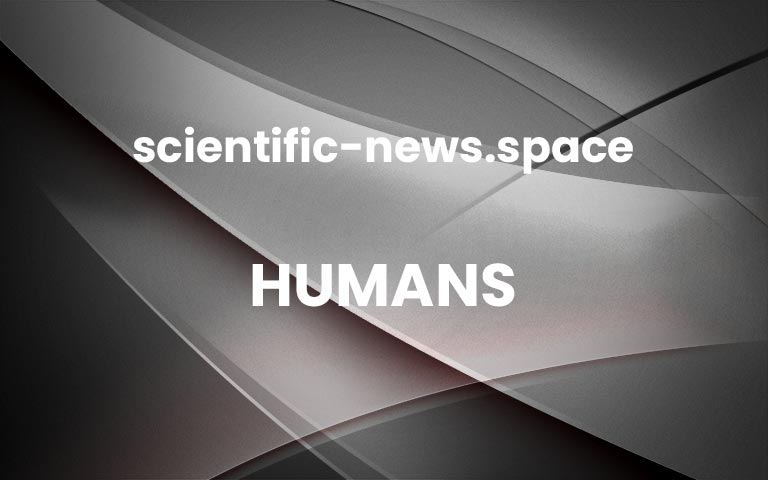When the Magellanic Clouds cozy up to each other, stars are born
Like two great songwriters working side by side and inspiring each other to create their best work, the Magellanic Clouds spawn new stars every time the two galaxies meet.
Visible to the naked eye but best seen from the Southern Hemisphere, the Large and Small Magellanic Clouds are by far the most luminous of the many galaxies orbiting the Milky Way. New observations reveal that on multiple occasions the two bright galaxies have minted a rash of stars simultaneously, researchers report March 25 in Monthly Notices of the Royal Astronomical Society: Letters.
Astronomer Pol Massana at the University of Surrey in England and his colleagues examined the Small Magellanic Cloud. Five peaks in the galaxy’s star formation rate — at 3 billion, 2 billion, 1.1 billion and 450 million years ago and at present — match similarly timed peaks in the Large Magellanic Cloud. That’s a sign that one galaxy triggers star formation in the other whenever the two dance close together.
Sign Up For the Latest from Science News
Headlines and summaries of the latest Science News articles, delivered to your inbox
Thank you for signing up!
There was a problem signing you up.
“This is the most detailed star formation history that we’ve ever had of the [Magellanic] Clouds,” says Paul Zivick, an astronomer at Texas A&M University in College Station who was not involved in the new work. “It’s painting a very compelling picture that these two have had a very intense set of interactions over the last two to three gigayears.”
Even as the two galaxies orbit the Milky Way at 160,000 and 200,000 light-years from Earth, they also orbit each other (SN: 1/9/20). Their orbit is elliptical, which means they periodically pass near each other. Just as tides from the moon’s gravity stir the seas, tides from one galaxy’s gravity slosh around the other’s gas, inducing star birth, says study coauthor Gurtina Besla, an astrophysicist at the University of Arizona in Tucson.
During the last encounter, which happened 100 million to 200 million years ago, the smaller galaxy probably smashed right through the larger, Besla says, which sparked the current outbreak of star birth. The last star formation peak in the Large Magellanic Cloud occurred only in its northern section, so she says that’s probably where the collision took place.
Based on the star formation peaks, the period between Magellanic encounters has decreased from a billion to half a billion years. Besla attributes this to a process known as dynamical friction. As the Small Magellanic Cloud orbits its mate, it passes through the larger galaxy’s dark halo, attracting a wake of dark matter behind itself. The gravitational pull of this dark matter wake slows the smaller galaxy, shrinking its orbit and reducing how much time it takes to revolve around the Large Magellanic Cloud.
The future for the two galaxies may not be so starry, however. They recently came the closest they’ve ever been to the Milky Way, and its tides, Besla says, have probably yanked the pair apart. If so, the Magellanic Clouds, now separated by 75,000 light-years, may never approach each other again, putting an end to their most productive episodes of star making, just as musicians sometimes flounder after leaving bandmates to embark on solo careers. More



